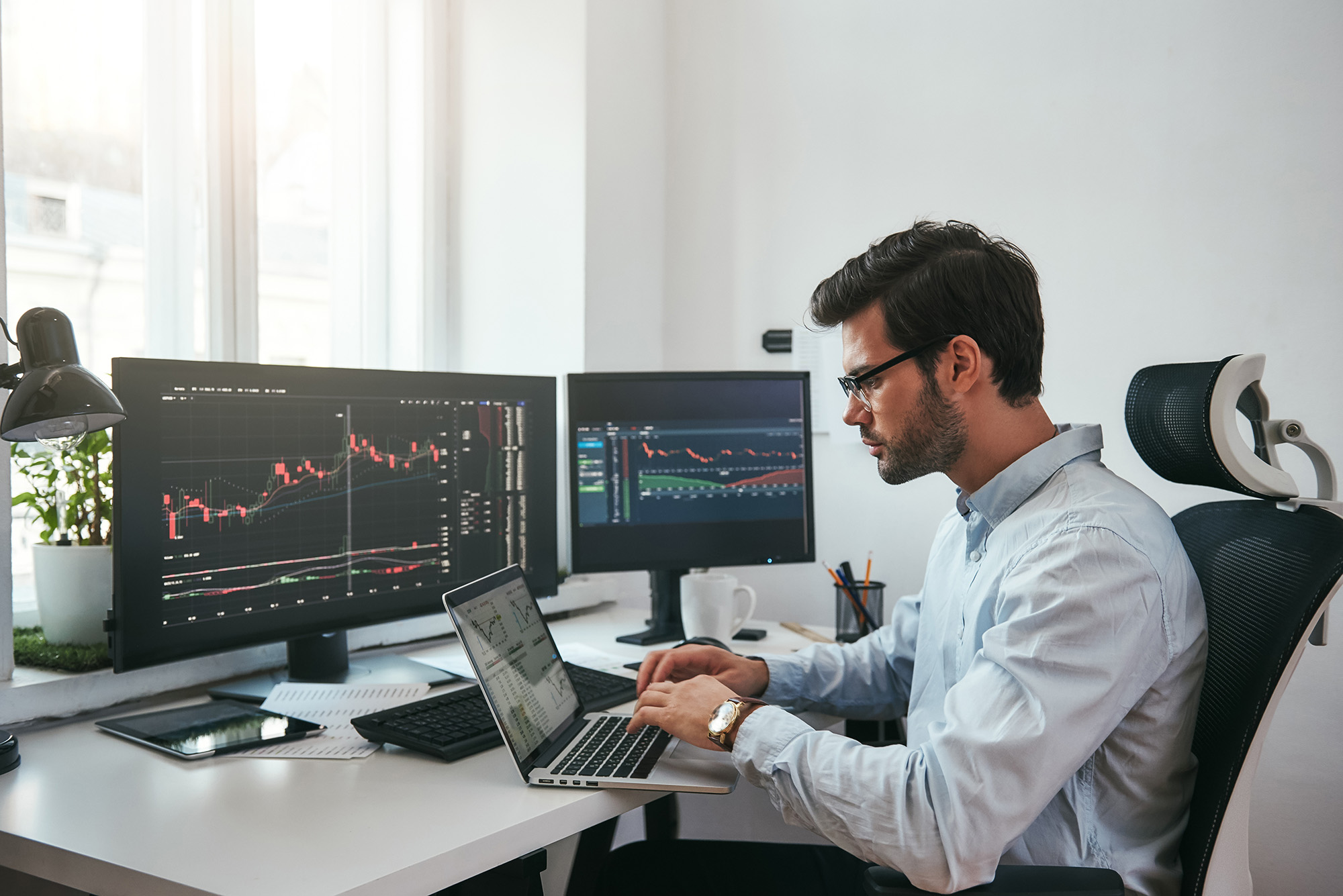As a forex trader, you understand that profitability depends on more than just the exchange rate of one currency to another. When trading currency pairs, it’s essential for you to consider factors such as economic forces, geopolitical events, and other drivers in the market.
All of which can influence price movements. While these leads may seem challenging at first, with the right knowledge, they can be conquered. Hence, allowing you to capitalize on opportunities and maximize their profits.
In this blog post, we’ll explore some key points forex traders should consider when trading currency pairs: from risk management strategies to fundamental analysis principles. Let’s dive in.
What are Currency Pairs?
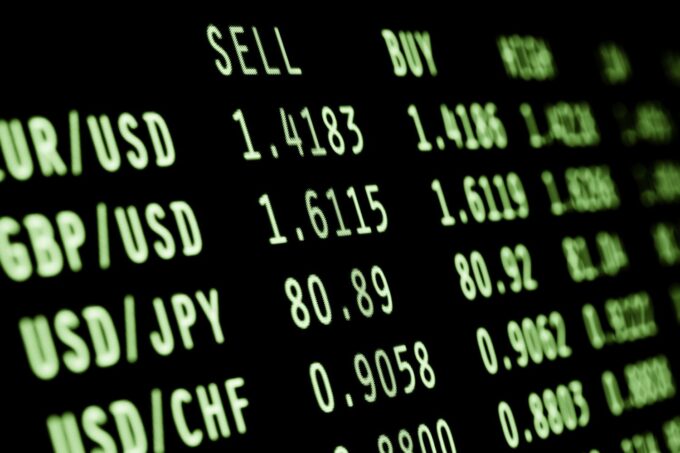
When it comes to trading in the Foreign Exchange market, there are numerous factors that you must consider to maximize your profits. From understanding the basics of currency pairs to determining when is the best time to buy and sell, forex traders must take into account a variety of factors in order to be successful.
As a forex trader, you must first understand the basics of currency pairs before you start trading. Currency pairs are two different currencies listed together with their corresponding exchange rate. The most commonly traded currency pairs include USD/EUR, GBP/USD, and JPY/USD. Understanding which currencies are correlated and how they will affect each other is crucial for any forex trader looking to maximize their profits.
For example, if you are looking to trade USD/JPY, you should know that these two currencies have a strong correlation where an appreciation in one will lead to a depreciation in the other. As such, it is important for traders to research the relationship between different currency pairs before deciding which ones they want to invest in.
When is the Best Time To Buy or Sell?
While there isn’t one definitive answer as far as when is the best time to buy or sell, taking into account all available information can help forex traders make more informed decisions on when it would be most profitable for them to enter or exit positions within foreign exchange markets.
Economic indicators
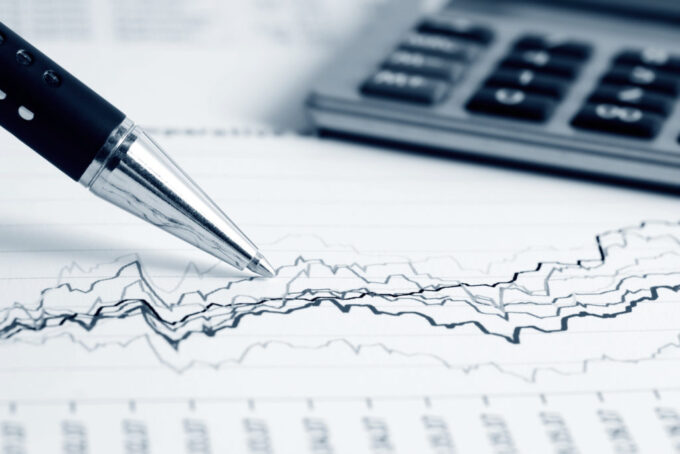
Forex traders should keep an eye on economic indicators such as Gross Domestic Product (GDP), Consumer Price Index (CPI), employment figures, and central bank interest rates. These indicators can provide insight into a country’s economic health and impact its currency’s value.
This involves researching current economic figures and news reports related to both currencies involved in order to make informed decisions on when it would be most profitable for them to enter or exit a position.
It is also important for traders to keep an eye on global events such as political elections and natural disasters, as these can significantly impact currency values over short periods of time.
Political Events
Political events play an important role in forex trading, as they often result in economic policy changes that can lead to currency price fluctuations. For example, election results can have an impact on local and international currency prices as investors assess the potential outcome of a newly elected government’s strong or weak fiscal policies.
Additionally, geopolitical tensions and events such as wars, sanctions, embargoes, or any other event that carries political risk may be catastrophic for currency markets. Forex traders need to stay up-to-date with current political happenings in countries where their currencies are based and develop strategies accordingly in order to achieve a successful investment.
Market Sentiment
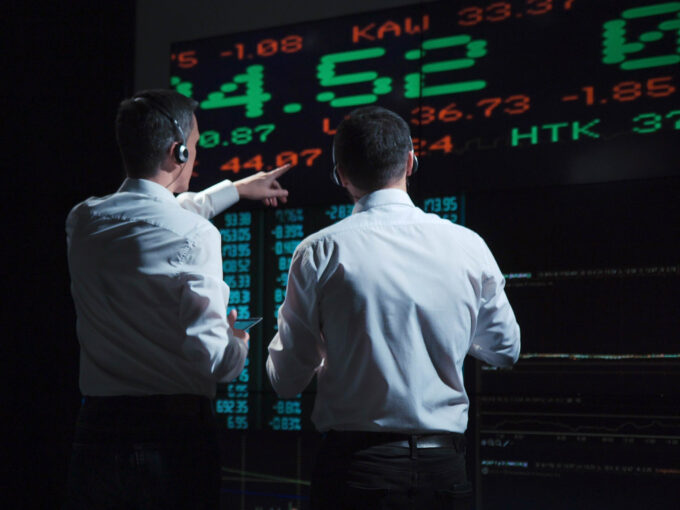
Market sentiment refers to traders’ and investors’ general mood or attitude towards a particular currency or the forex market. Markets may be risk-averse or risk-taking, both of which can drive prices and create buying opportunities. By learning to gauge and understand the overall sentiment, traders can develop better skills at predicting price movements correctly enough to make informed trades.
Market sentiment also varies from country to country, as the different releases of news can impact each nation’s currency value in different ways. Experienced forex traders will keep up with current events and use their knowledge of market sentiment and economics when selecting trades for maximum success.
Technical Analysis
Forex technical analysis is a method of predicting the future price movements of a currency pair based on its past performance. Traders use technical analysis to identify patterns in currency pair performance over time and gain insight into how that data might influence future movements.
This analysis involves studying trends, moving averages, support and resistance levels, Fibonacci retracements, and more to predict when buy and sell signals should be applied. Technical analysts often supplement their studies with news reports, economic data, geopolitical events, and broker sentiment to determine possible entry points into trades.
By combining the insights gathered from technical analysis with other factors known to influence exchange rates, forex traders can generate consistently profitable results in their trading strategies.
Trading Sessions
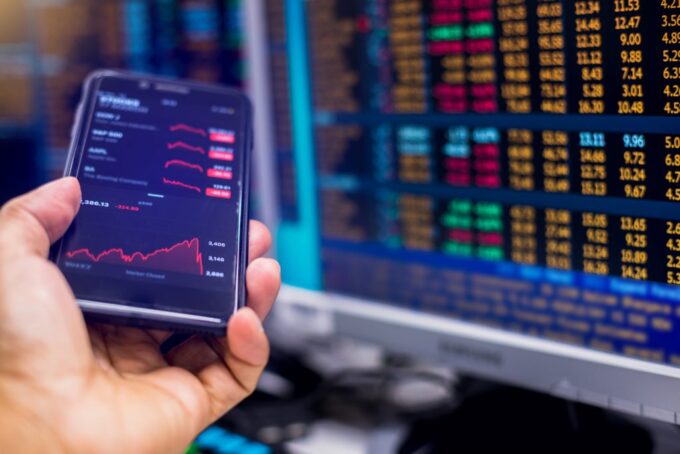
The trading session is an essential factor to consider when engaging in forex trading. Being aware of different markets’ opening, closing, and active hours can allow traders to optimize their strategies better. Market liquidity and volatility also vary according to different sessions, and traders need to anticipate those changes in order to maximize performance.
Different currency pairs respond differently according to the current market conditions and the time of day, so attention must be paid when deciding which pairs to actively trade. With an understanding of the market’s rhythm, forex traders have a higher chance of success.
Supply and Demand
The supply and demand of a particular currency will affect its exchange rate relative to another currency. Currency pairs with higher levels of liquidity typically experience more drastic swings in their values than those with lower levels of liquidity.
Conclusion
In summary, there are many factors that forex traders consider when trading pairs, including understanding currency correlations and determining when is the best time to buy or sell, given current economic conditions and global events.
Forex traders can increase their chances of successfully maximizing their profits while minimizing risks associated with investing in foreign exchange markets by researching all available information related to different foreign exchange markets. With this knowledge under your belt, you’ll be ready to start trading!

